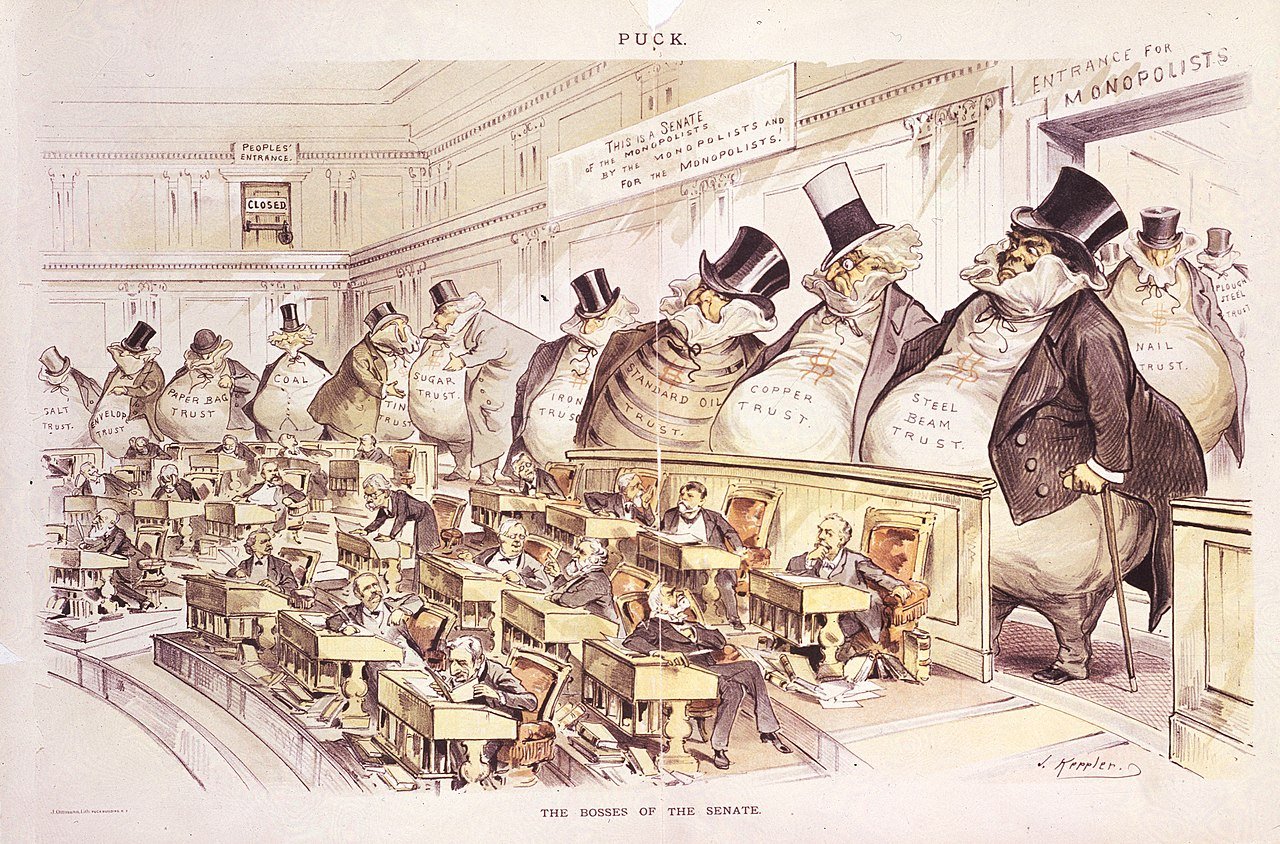In recent years, the cellphone service industry has undergone significant consolidation. Major mergers and acquisitions have reshaped the landscape, with a few dominant players now controlling the majority of the market. These consolidations were often justified with promises of enhanced efficiencies, improved services, and, notably, lower prices for consumers. However, the reality has been starkly different. Instead of delivering on these promises, cellphone service providers have systematically increased prices, leaving consumers to bear the brunt of reduced competition.
The Landscape Before Consolidation
Before the wave of consolidation, the cellphone service market was characterized by robust competition among numerous providers. Smaller carriers and regional companies played a crucial role in keeping prices in check and driving innovation. Consumers benefited from competitive pricing, a variety of service options, and incentives as companies vied for market share. This competitive environment fostered a dynamic market where customer loyalty was often rewarded with better deals and improved services.
The Promise of Consolidation
When large-scale mergers and acquisitions began to take place, the rhetoric from the merging companies was optimistic. They claimed that by combining resources, they could achieve economies of scale, reduce operational costs, and pass those savings on to consumers. The Federal Communications Commission (FCC) and other regulatory bodies often approved these mergers under the condition that they would benefit the public by promoting lower prices and better services.
For instance, the merger between T-Mobile and Sprint in 2020 was presented as a game-changer that would enhance network capabilities, accelerate the rollout of 5G technology, and, crucially, lower prices for consumers. T-Mobile CEO John Legere assured regulators and the public that the merger would lead to “lower prices, better service, and increased competition.”
The Reality: Higher Prices and Less Choice
Despite these assurances, the post-consolidation reality has been quite different. Instead of lowering prices, many consumers have experienced the opposite. According to various studies and consumer reports, prices for cellphone services have steadily increased following major mergers. Several factors contribute to this trend:
- Reduced Competition: The primary consequence of consolidation is the reduction in the number of competitors. With fewer players in the market, the remaining companies face less pressure to keep prices competitive. This lack of competition allows them to raise prices without fear of losing significant market share.
- Market Power: Consolidation gives larger companies greater market power, enabling them to dictate terms and set higher prices. They can also bundle services and introduce complex pricing structures that make it difficult for consumers to compare options and find better deals.
- Increased Fees: Alongside higher base prices, consumers have seen an increase in fees and surcharges. These additional costs are often hidden in fine print and can significantly inflate the overall cost of cellphone plans.
- Reduced Incentives: In a less competitive market, there is less incentive for providers to offer promotions, discounts, and loyalty rewards. Consumers who once benefited from competitive offers now find fewer opportunities to save money.
The Impact on Consumers
The impact of rising cellphone service prices is felt across all demographics but is particularly burdensome for low-income households. Access to affordable cellphone service is crucial in today’s connected world, serving as a lifeline for communication, employment, and education. As prices rise, the digital divide widens, exacerbating social and economic inequalities.
Moreover, the increase in prices is often not matched by a corresponding improvement in service quality. While some advancements, such as the expansion of 5G networks, have been made, these benefits are not always distributed evenly across regions. Rural and underserved areas, in particular, continue to face challenges in accessing reliable and affordable cellphone service.
Regulatory and Consumer Response
The disconnect between promises and reality has not gone unnoticed. Consumer advocacy groups and regulators have raised concerns about the impact of consolidation on prices and competition. The FCC, for instance, has faced criticism for approving mergers that fail to deliver the anticipated public benefits. There is a growing call for more stringent oversight and regulation to protect consumers from the negative effects of consolidation.
Consumers themselves are increasingly voicing their dissatisfaction through various channels, including social media, reviews, and complaints to regulatory bodies. Some have turned to smaller, alternative providers in search of better deals, though these options are becoming scarcer as consolidation continues.
The Path Forward
Addressing the issue of rising cellphone service prices requires a multifaceted approach. Regulators need to enforce stricter conditions on mergers and actively monitor compliance with promises made by merging companies. Enhanced transparency in pricing and fees is essential to help consumers make informed decisions.
Furthermore, promoting and supporting smaller and regional providers can help maintain a competitive market. Initiatives to expand access to affordable cellphone service, particularly in underserved areas, should be prioritized to ensure that all consumers benefit from technological advancements.
Conclusion
The consolidation of cellphone service providers, while initially promising lower prices and improved services, has largely resulted in higher costs for consumers. The reduction in competition and the increased market power of a few dominant players have contributed to a steady rise in prices. As the digital divide widens and consumer dissatisfaction grows, it is imperative for regulators and advocacy groups to take action. Ensuring a competitive and fair market is essential to safeguarding the interests of consumers and fostering an inclusive digital future.

